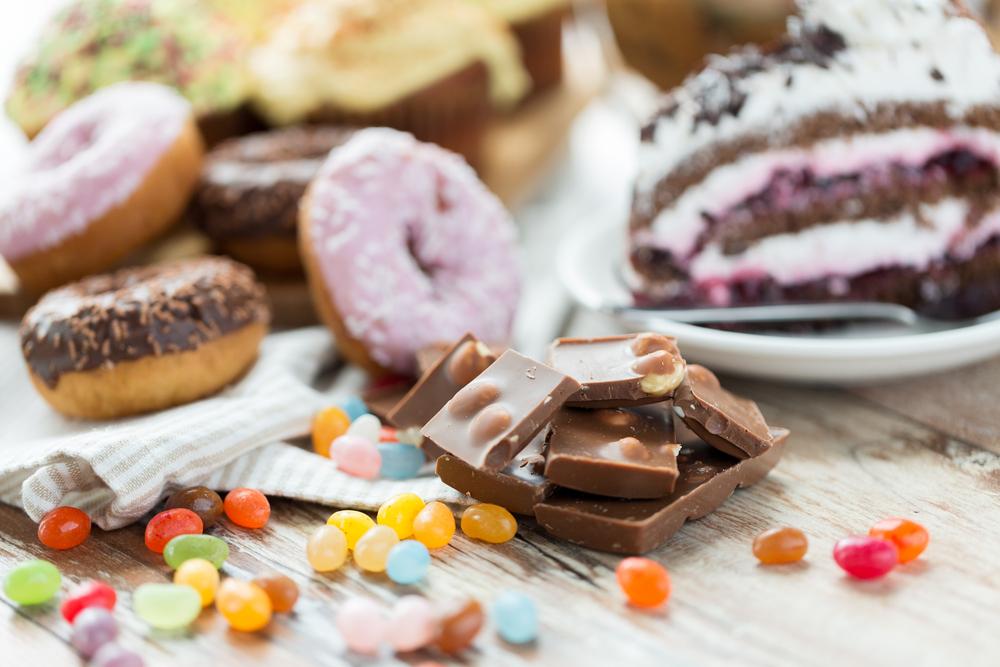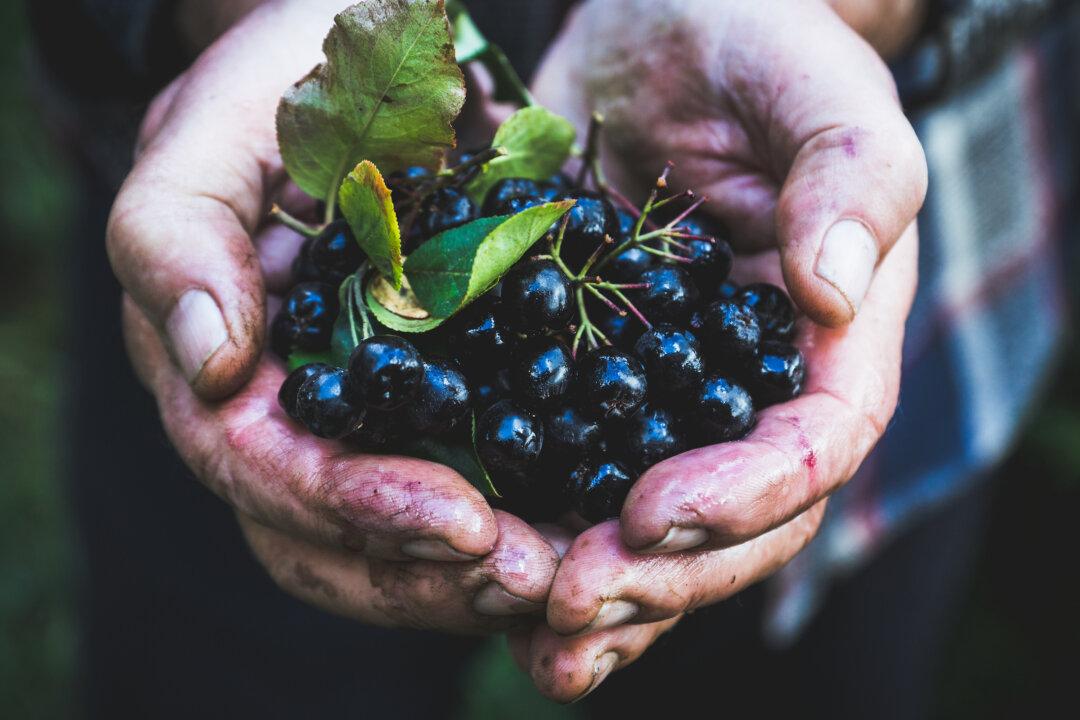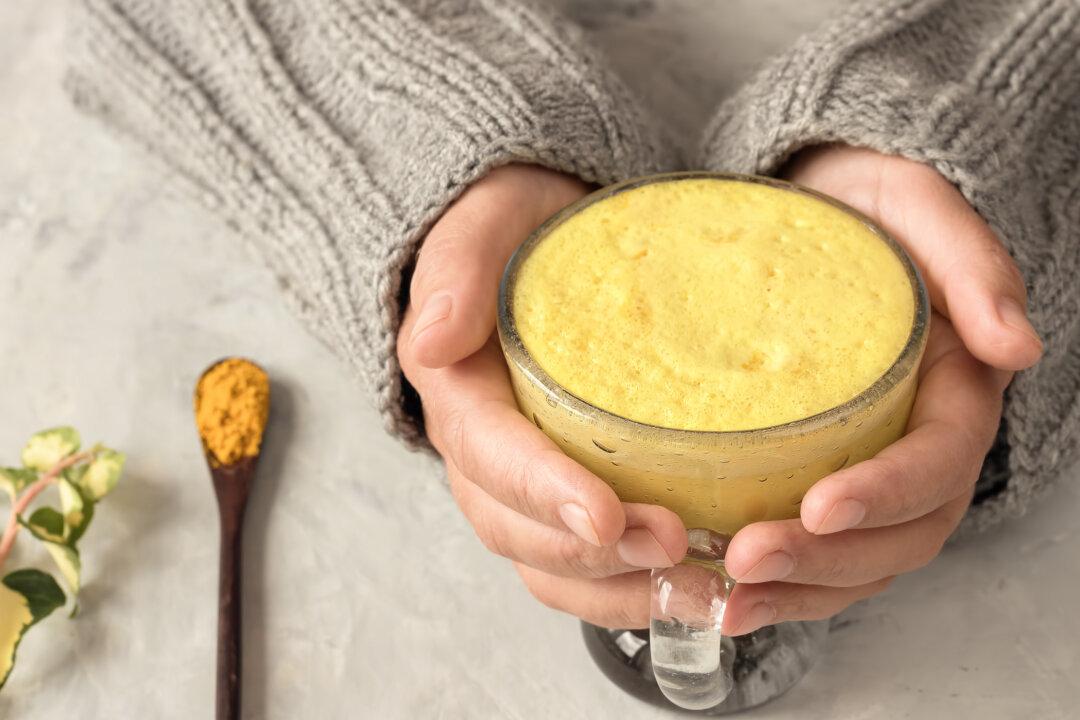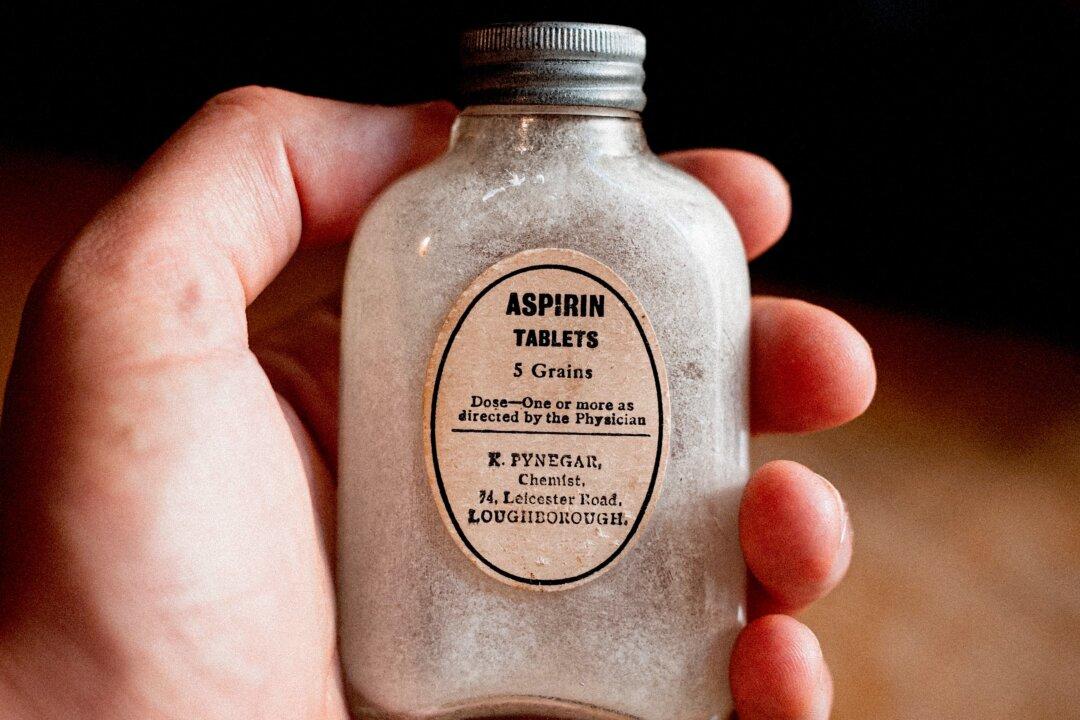Breaking up Is Hard to Do, but When You Realize Your Life Is at Stake, Suddenly the Choice Becomes Crystal Clear.
There may be no greater contributor to the #2 cause of deaths across the United States (cancer) than the sweet but far-from-innocent ingredient that has found its way into most of the pre-packaged foods that line our grocery aisles and are stashed away in our kitchen cabinets.Hiding in Plain Sight
Before you pat yourself on the back for avoiding the obvious culprits (cookies, cakes, and pies), take a long look at the hidden forms of this enemy that robs us of our health and steals years from our life.Don’t kid yourself. Sugar is not just present in those cookies, candies, and desserts that are easily recognizable as villains. Sugar is also present in a whopping 74% of a variety of savory packaged goods like breads, pasta sauce, and even so-called “healthy foods” like yogurt or those handy breakfast bars made with not-so-real fruit and whole grains.






